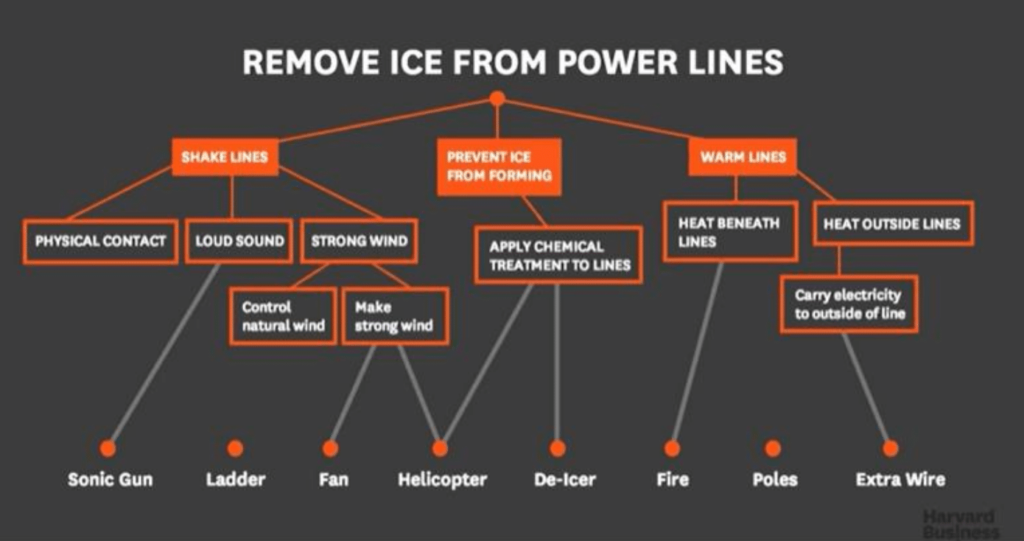I’ve recently been introduced to Brainswarming (and no, it’s not a typo). Being someone who uses Brainstorming a lot with my own work, curiosity got the better of me as I started looking into what the differences were. This video from Tony McCaffrey in a Harvard Business School publication explains it in more detail. The potential of this type of idea generation and vetting is more popular in modern businesses and seems like a fine addition to the Teal Organizational toolkit. It’s focus of accelerating business while utilizing the voices of everyone in the room, appears to be wonderful for collecting the diversity of thought needed inside intricate problems. Because it is “voice-less,” the potential for problems inside the team are diminished for a few primary reasons: 1) introverts or ambiverts are more inclined to include their thoughts because they don’t have to compete with dominant personalities inside the room who can easily hold sway, 2) the problem of Groupthink goes away or is at least diminished, 3) ideas can be dismissed easily once a fallacy in logic is exposed without the undue pain of the proposer, and 4) making sure that everyone inside the room contributes is as easy as directing the team as to what needs to happen at the outset.
Say a team member presents the initial Problem to the team and it’s documented at the top of the Brainswarming chart, along with two or three potential resources that may help fix the problem along the bottom of the chart. S/he could tell the team that each member needs to come up with 2-3 Post-Its (virtual or real depending on the type of meeting) that could help solve the issue between the Problem and the potential solutions. The team starts breaking the Problem into “sub-problems” interconnecting the Problem and proposed solutions, but also coming up with a second or third level of potential solutions that tie into the Problem. The team starts to think about and remove potential solutions that may not work, leaving the ones that do work as the strong links to be tested. This process can be done in an asynchronous or synchronous manner online, or in a live meeting in a much shorter time than brainstorming. Using the clues set out by others in the team, the team gains strong knowledge about what will work and what won’t, the costs of each solution, and the ease in accepting the solution as it goes through the swarming session. Brainswarming can create 115 potentially viable ideas/15 minutes compared to Brainstorming having 100 ideas/60 minutes, many of which have not been fully vetted.

